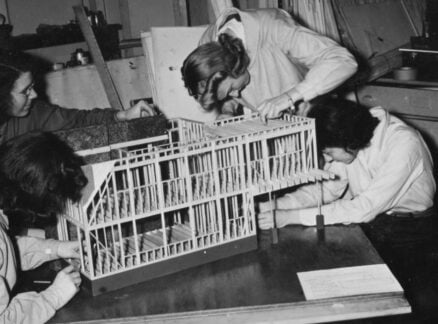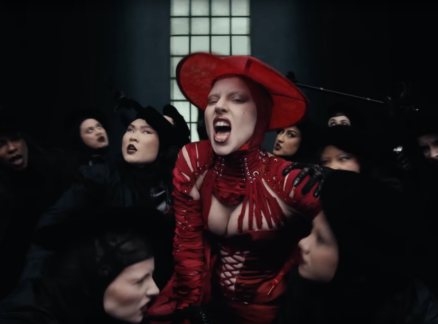January 1, 1970
What’s Next for Museum Architecture?
Architecture innovation has been a staple of the museum typology for the last couple decades. From Frank Gehry’s iconic Guggenheim Bilbao to Herzog & de Meuron’s Tate Modern (and their 2016 extension), whether pushing the limit of shape and materials or re-thinking gallery space, museums have been a fertile ground for design experimentation. But what […]
Architecture innovation has been a staple of the museum typology for the last couple decades. From Frank Gehry’s iconic Guggenheim Bilbao to Herzog & de Meuron’s Tate Modern (and their 2016 extension), whether pushing the limit of shape and materials or re-thinking gallery space, museums have been a fertile ground for design experimentation. But what does the future of this typology hold? A recent exhibit at the Museum of Art & History of Geneva (Musée d’Art et D’Histoire de Genève) examined 16 new projects ( recently built or in development) for glimpses of what is to come. With a focus not just in the design, but also in the changing functions and social role of museums, the exhibit is organized in five segments: Cultural Heritage, Urbanism, Private-Public, Commercial Entities, Cultural Clusters.
Through renderings, models, photography and video, the exhibit presents ingenious proposals by architects David Adjaye, SANAA, David Chipperfield, Barozzi Veiga, Estudio Herreros, Daniel Libeskind, MVRDV, Moreau Kusunoki Architectes ,Tadao Ando and others. Commenting on the relevance of the exhibit, Libeskind told Metropolis: “This is a Beautifully designed, imaginative exhibition about the important and inspiring work being done in the museum field.”
Among the projects shown is Plateforme10, a project that sees the museum as an urban catalyst, that vies to create a cultural hub that would bring urban energy to the city center of Lausanne, Switzerland. The proposal features two buildings ( currently being built) tha will house three separate museums: The MCB-A (Cantonal Museum of Fine Art, in a building designed by by Barozzi Veiga) , the Musée de l’Elysée (Cantonal Museum of Photography) and the MUDAC (Museum of Design and Contemporary Applied Arts – these last two in a building designed Manuel and Francisco Aires Mateus). The two buildings have bold volumes and clear geometry ( albeit one being cut by an irregular 3-D slicing throughout the whole volume) perfectly scaled in relation to the surroundings. Located close to the city’s main train station, directly next to the train tracks, the project completes the city fabric, creating a new piazza that seems to have always existed.
Another highlight of the exhibit is the China Comic and Animation Museum proposal by MVRDV to be built in Hangzhou, China ( in proposal phase) . To be dedicated to the history and cultural significance of Chinese comics and animation, the project draws on cartoon like depictions of the future to create an imaginative setting in which to showcase these recent cultural archives.
The future was also in architect’s Daniel Libeskind mind when designing the Kurdistan Museum ( in design phase) , dedicated to the culture and art of the Kurdish people. But in this case it was the future in terms of conceptual base rather than formal exercise: “The design had to navigate between two extreme emotions: sadness and tragedy, through the weight of history, and of joy and hope, as the nation looks to the future”, said the architect of the project. The designs interlocking geometry represents the four Kurdish regions intersected by a dramatic line serving as a metaphor for the past and future of Kurdistan. To be located in Erbil, capital of the Iraqi Kurdistan region, the project aims to be an unifying element for the struggling Kurdish people.
From their role revitalizing the city fabric to pointing the way towards balancing the past and the future in the present, all while still fostering the imagination, the projects in the exhibit make clear that the stakes are higher than ever for museum architecture in the future to properly address the social, cultural, economical and urban aspects of the institutions they house.





